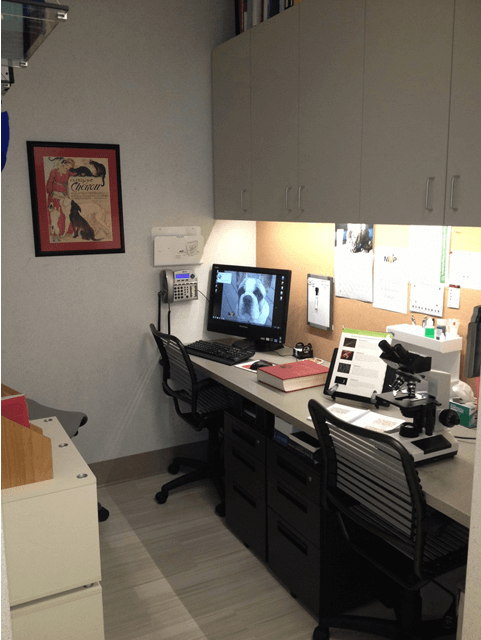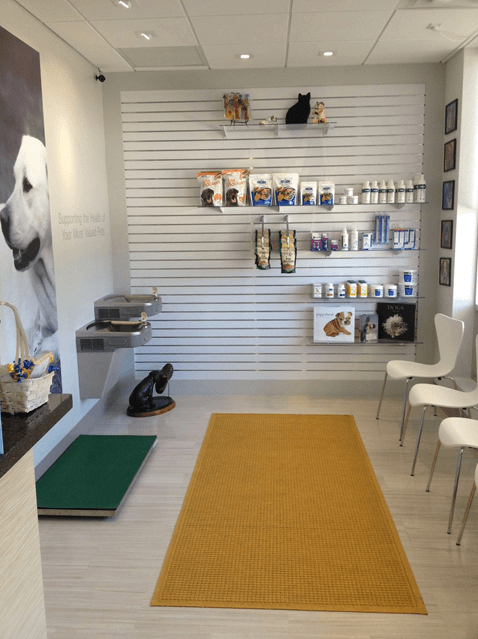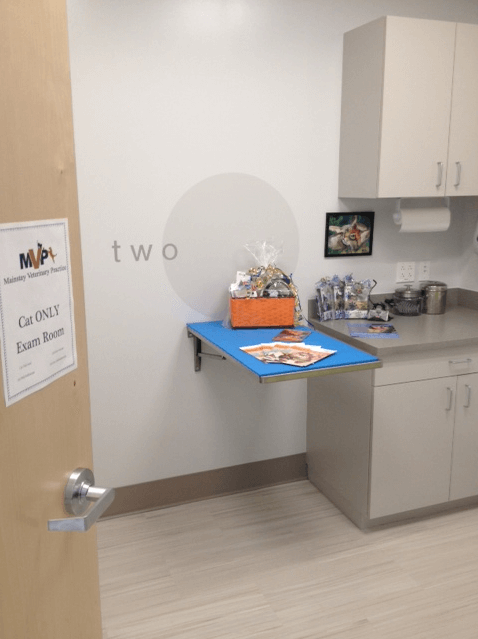When a dog has surgery or gets hurt, the hardest part can come after the bandages come off. Your pet might seem unsure when they try to walk or be slower than usual on walks around the block. Some dogs avoid stairs, others limp after resting. Healing doesn’t always look the same for every dog, and that’s where canine physical therapy can help.
This kind of therapy gives dogs a way to gently build back their strength without pushing too hard. It’s not about quick fixes. It’s about finding the right pace for your dog’s recovery. We’re looking at how it works, when it matters most, and how simple movement, done the right way, can make everyday life better.
What Physical Therapy for Dogs Actually Involves
Helping your dog regain strength doesn’t mean jumping back into long walks or big stretches. Most therapy programs start with short, careful steps that are easy for your dog to handle.
Some of the most common elements include:
- Gentle exercises that improve balance and support
- Stretches that keep muscles from tightening up
- Controlled movement to help joints stay mobile
Depending on your dog’s condition, therapy might involve hands-on support like joint movement, slow walking in water with resistance, or massages to get blood flowing in sore spots. We may use soft mats, ramps, or wobble pads to safely challenge your dog’s balance while staying close by.
At Mainstay Veterinary Practice, advanced pain management and rehabilitation therapies are available as part of personalized recovery plans for every pet. Our facility is equipped to support careful, step-by-step recovery in a safe and calming environment.
The goal isn’t just to stretch a leg or calm stiff hips. It’s to help your dog feel safe moving again, whether that’s stepping over a curb or hopping into the car without fear. Comfort and trust remain at the center of any plan.
How Timing Affects Recovery After Surgery or Injury
The right time to begin therapy depends on what kind of injury your dog had and how much they’ve healed. Moving too soon can stress surgical sites. Waiting too long can make joints and muscles tighten up, making movement harder for your dog.
In a lot of cases, gentle physical therapy can begin once pain is under control and your veterinarian gives the go-ahead. That might be just a couple of weeks after surgery, or a little longer if the injury was more serious.
Fall weather often helps, especially around October. Cooler days tend to make dogs more comfortable during movement. Heat can slow them down, and icy winter sidewalks can limit outdoor time. But autumn mornings and early evenings are just right. It’s an ideal window for gently helping your dog re-engage with outdoor routines. Whether that’s a short, supervised walk on soft ground or practicing balance work in the yard, mild weather supports more steady progress.
Signs That Your Dog Might Be Ready
Knowing when to begin therapy often starts with watching your dog closely. There’s no single moment that fits every pet, but a few signs can tell us the body is itching to move again.
You might notice:
• Your dog putting light weight on a healing leg
• Becoming stiff after resting or waking up from a nap
• Signs of boredom, like pacing or whining when you leave the room
Dogs that once wanted to run now may seem ready but unsure. Physical therapy can help bridge that gap in a safe, calm setting that rebuilds strength the right way. If you find yourself worried your dog is trying to do too much too soon, or you’re unsure how to slow them down without holding them back, a structured plan can help guide that balance.
Why Every Recovery Plan Should Be Individual
No two dogs heal in the same way. Even if they had surgery for the same reason, what works for one dog may not work for another. That’s why we don’t follow one strict plan for every pet.
We consider:
- Your dog’s age and breed
- How comfortable they seem when they move
- What types of activities their body was used to before the injury
Some dogs benefit from short, daily exercises. Others may respond better to a few longer sessions spaced out over the week. Therapy plans are based on how your dog responds along the way. We build the plan day by day, with small, simple changes that fit how your dog is improving.
We also consider your routine. Maybe your dog stays home while you work, or maybe they follow you everywhere. That lifestyle plays a part in helping build a recovery system that works for real life and fits into your fall schedule.
When Movement Builds Confidence, Not Just Strength
Healing after an injury isn’t just about the body. Fear and anxiety often show up when dogs aren’t sure if movement will hurt again. Physical therapy can reduce more than joint stiffness. It can help lower stress by showing dogs that safe movement feels okay.
With simple steps in a quiet space, your dog can get used to stepping, turning, and balancing again without pain. That confidence often spreads into the rest of their day, making things like walks, greeting visitors, or navigating stairs feel normal again.
Progress takes patience. That’s why we take things slow. There’s no need to rush. Shorter, daily reps are usually better than one big session. And as your dog shows signs of feeling safer, we help move them from easy work to a little more activity without pressure.
Movement isn’t just good for the legs. It often brightens your dog’s whole mood. We’ve seen how a few good steps can lead to better sleep, stronger appetite, and more tail wags. Wins come in small moments, and those moments add up.
Expert Care for Pet Recovery in Fairfax, VA
Located in Fairfax, VA, we have provided comprehensive veterinary care and rehabilitation services for over a decade. Led by Dr. Kristen Hitt, our woman-owned practice takes pride in supporting pets and their families throughout Northern Virginia, including Vienna, Oakton, and Falls Church, with a compassionate and personal approach to recovery.
Canine physical therapy isn’t about pushing a dog to do more. It’s about giving your dog the chance to move in a way that feels safe and comfortable again. Whether your dog had surgery just a few weeks ago or they’re still recovering from an injury that happened this summer, a little support can go a long way.
Help Your Dog Heal This Season
With cooler weather and your regular schedule falling back into place, autumn is a smart time to help your dog move forward. Therapy plans built around your dog’s pace and personality can help mornings feel easier, playtime feel fun again, and walks feel more natural.
At Mainstay Veterinary Practice, we work with pet families in Fairfax and across Northern Virginia to support dogs through recovery in thoughtful, step-by-step ways. With the right timing and the right tools, we believe every dog can find their balance again.
We’re here to help guide your dog’s recovery after injury or surgery with personalized plans that support their unique needs and gentle care. As the cooler months arrive, it’s a great opportunity to help your pet start moving safely and comfortably again. Learn more about how we support healing through canine physical therapy. Contact Mainstay Veterinary Practice today to discuss the best options for your dog’s wellness.
















